Affiliate links on Android Authority may earn us a commission. Learn more.
6 future Android phones to keep an eye on: January 2015 edition
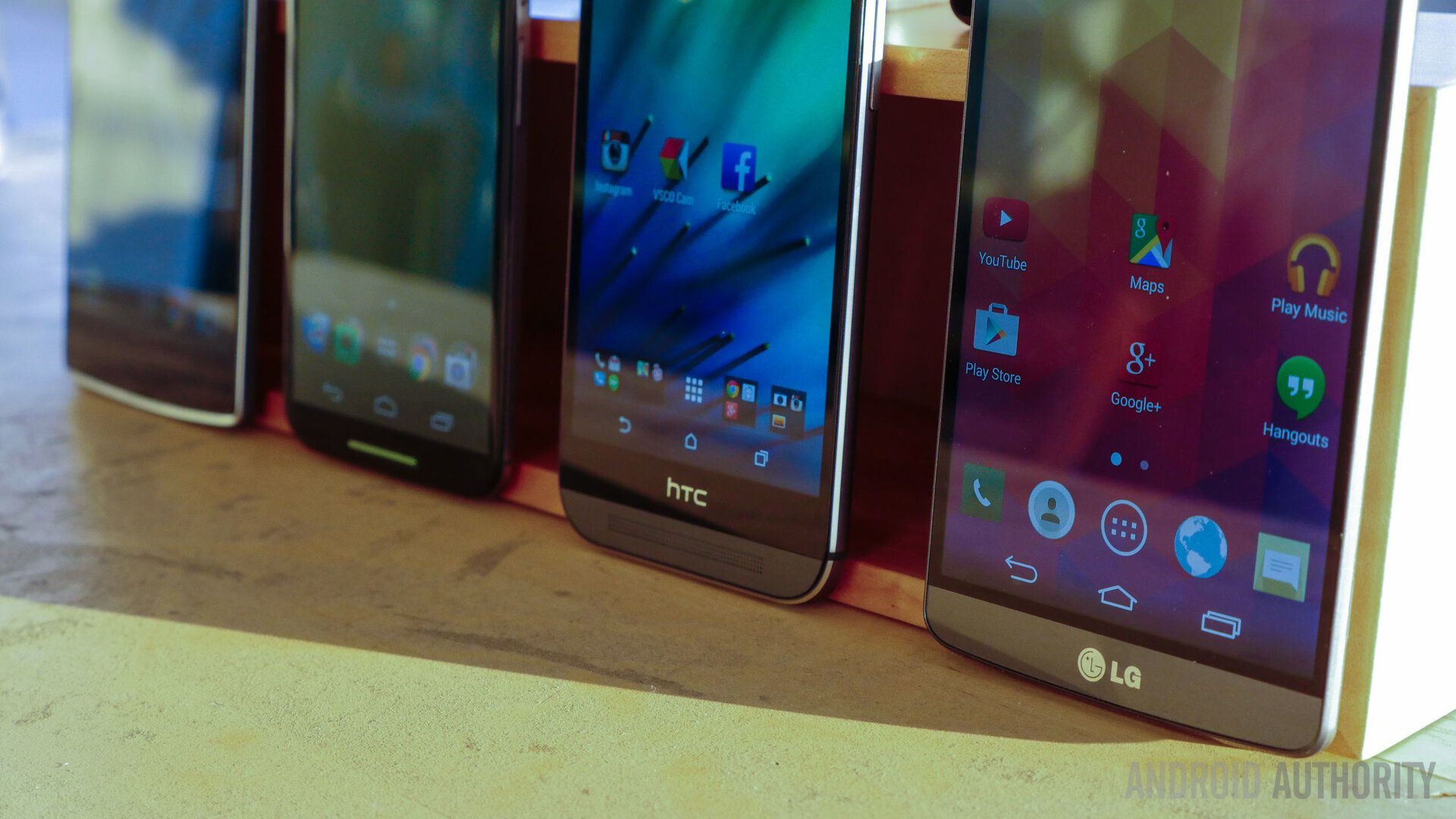
2015 may have only just begun, but the first smartphones of the year are right around the corner. CES, which is less than a week away, will give us our first glimpse at this year’s smartphones, and there will be plenty more to come over the next twelve months.
The world of Android is full of companies all vying for our attention, especially as 2014 saw competition heat up substantially. While all of the big names will no doubt be releasing some exceptional hardware this year, this list takes a look at those upcoming smartphones bound to make the biggest splash.
Editor’s note: the first edition of this post was published in April 2014. We’ve updated the post to devices coming in 2015.
Samsung Galaxy S6
Is it ever too soon to start talking about the next-generation of flagship smartphones? Probably, but the Galaxy S6, or mysterious “Project Zero,” as it is known, is definitely a handset that everyone will be keeping an eye on.
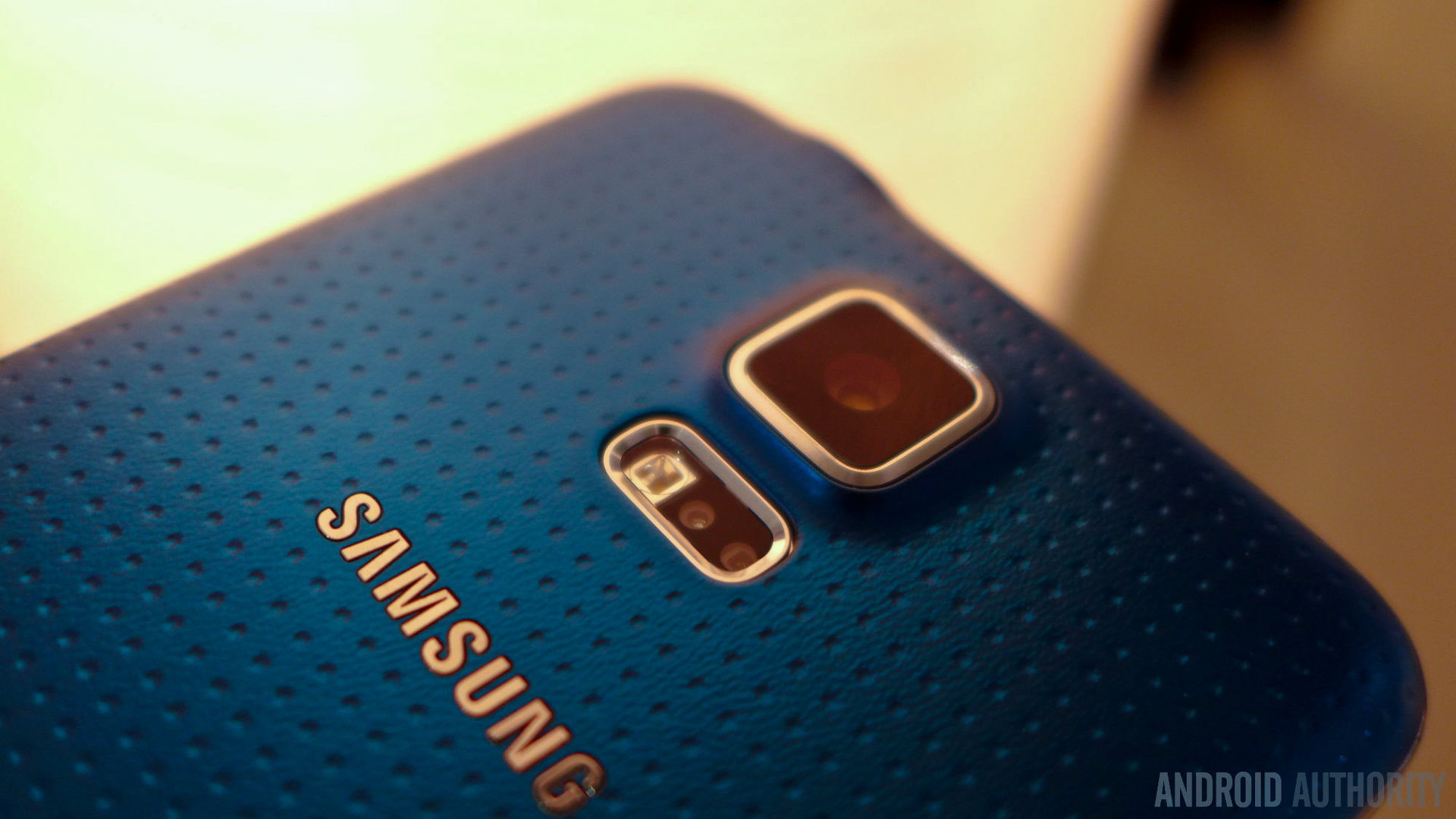
Samsung has said that it’s turning over a new leaf when it comes to smartphone design. In fact Senior VP Kim Hyun-joon said that the company plans to “fundamentally reform [its] product portfolio”, and the Galaxy S6 will be Samsung’s first flagship to appear under this new ethos. Although recently leaked images suggest that Samsung’s design mentality might not have changed as much as some may have hoped.
Given that Samsung has been paying additional attention to build materials with the Galaxy Alpha and A series, there’s a good chance that similar attention to detail will be applied to the S6’s design aesthetic. The real interesting part comes from seeing what Samsung plans to do to win over lukewarm consumers.
Samsung’s approach of throwing as much technology as possible at its flagship smartphone doesn’t appear to be working any more, so we may see a more refined and selective approach this time around. There’s a sense that almost anything could happen. Will Samsung try to compete with HTCon audio and materials, with LG for value, or will Samsung’s changes only be skin deep?
The Galaxy S6 isn’t only one to watch purely for the spectacle, of course. The smartphone will likely be another showcase for some of the best technology available to the industry. The Galaxy Note 4 gave us our first look at Samsung’s QHD AMOLED display technology which would look even sharper in a 5-inch form factor. Samsung’s Exynos 7 Octa chip is scheduled to appear early next year, as the new the wave of 64-bit Snapdragon 8XX series processors. Samsung also has new higher resolution camera sensors that it could throw into the mix. You can check out all the latest hardware rumors right here.
The Galaxy S6 is most likely going to be good, but it’s tough to see how Samsung plans to fundamentally reform its approach to flagship smartphones. This smartphone could make or break Samsung’s dominance in the high-end market.
LG G Flex 2
The LG G Flex 2 sticks on our watchlist, as this handset is expected to be the showcase for LG’s ever improving flexible display technology and is said to be a marked improvement over the original G Flex.
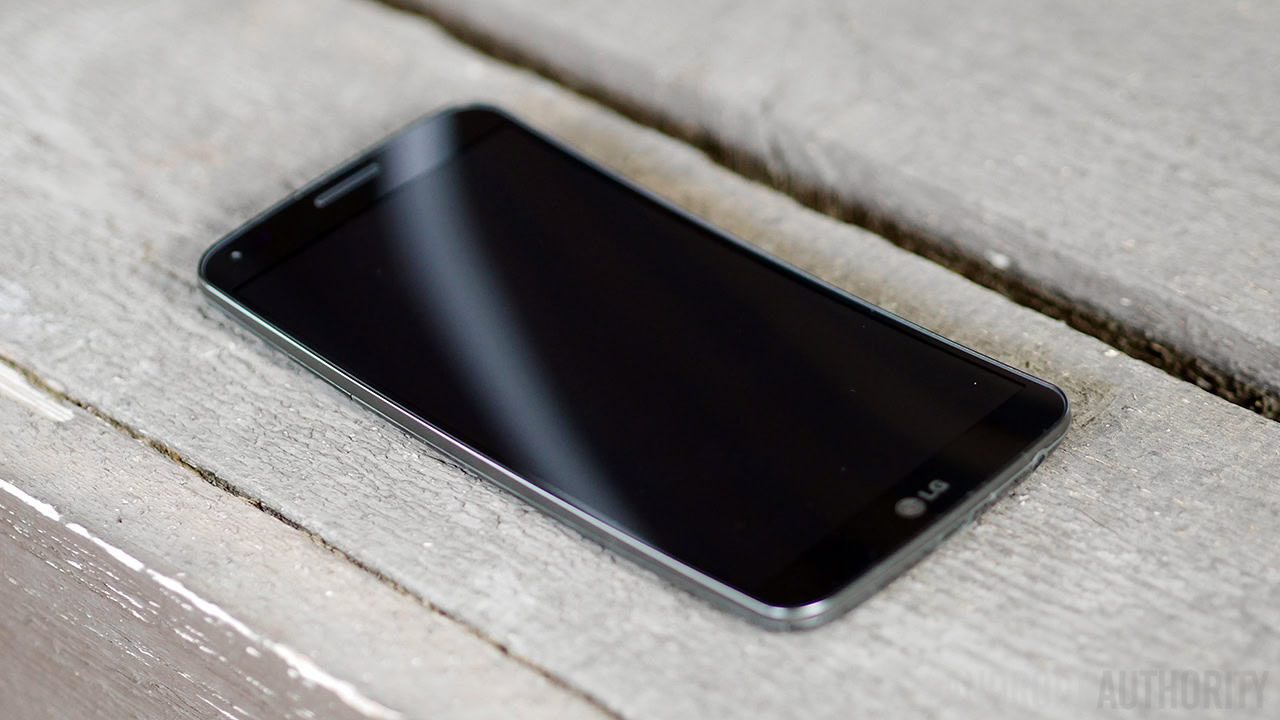
LG Display is already planning to move on up to 1080p flexible display over the coming months, which will make its next bendy handset a much more serious contender to the plethora of flagship smartphones, compared with the 720p offering from the original G Flex. Furthermore, LG Display’s most recent roadmap point to a “bending”, rather than a simple “curved” smartphone sometime in 2015. The company’s plastic OLED design not only improves bend durability, but could also lead to a slimmer, more compact smartphone from LG.
Qualcomm has also recently hinted that the G Flex 2 could arrive as early as CES, sporting a new high-end processors in the company’s Snapdragon 8XX series. Being one of, if not, the first handsets to feature a 64-bit Snapdragon 808 or 810 would certainly give LG a big head start this year and will keep the handset on par with other flagships heading our way later in 2015.
Curved smartphones were novel, but a bendable smartphone has all sorts of interested implications for durability, practicality and design aesthetics. Even if LG’s bendable handset turns out to be more gimmicky than useful, it’s going to be interesting to see how such a concept works in the real word.
OnePlus Two
The OnePlus One has turned out to be a controversial smartphone. There are dedicated fans, those still eagerly scavenging for invites, and some left dissatisfied at a product facing a small selection of hardware and software issues. OnePlus clearly hasn’t made choices that have satisfied everyone, but the company is bound to have learnt a lot by the time the OnePlus Two rolls around.

The OnePlus Two is expected to arrive sometime in Q2 or Q3 of 2015. Hardware specifics are still being kept under wraps, although designers are apparently thinking about altering the size of the handset this time around. Regardless, we can expect OnePlus’ next smartphone to be a low-cost high end affair no matter what the form factor. The contentious invite system is likely to remain in place, at least temporarily, by the time the OnePlus Two launches, so it’s likely that the company will be making headlines for mixed reasons yet again throughout 2015.
Interestingly, OnePlus is also planning several changes to its OS of choice for its next smartphone. The company is developing its own custom ROM for the future, at least in China, rather than relying on CyanogenMod, which recently bit the company during its expansion into India. OnePlus has recently released an alpha preview of its in-house Lollipop flavoured ROM.
OnePlus already offers some support for other custom ROMs, so we’ll have to see how the move away from a dedicated single OS affects support and updates for the OnePlus Two.
Xiaomi Mi5
Xiaomi has been making waves in China and India with its cost-effective brand of smartphones throughout 2014. Although the Mi4 has been released not long ago, the company’s plans for expansion will be slowing taking place over the coming year, right in time for the company’s next flagship smartphone to launch an assault on the established brands in Latin America and the rest of Asia. The Chinese company will be looking to make some noise early this year, as it has an unspecified flagship scheduled to launch in January.
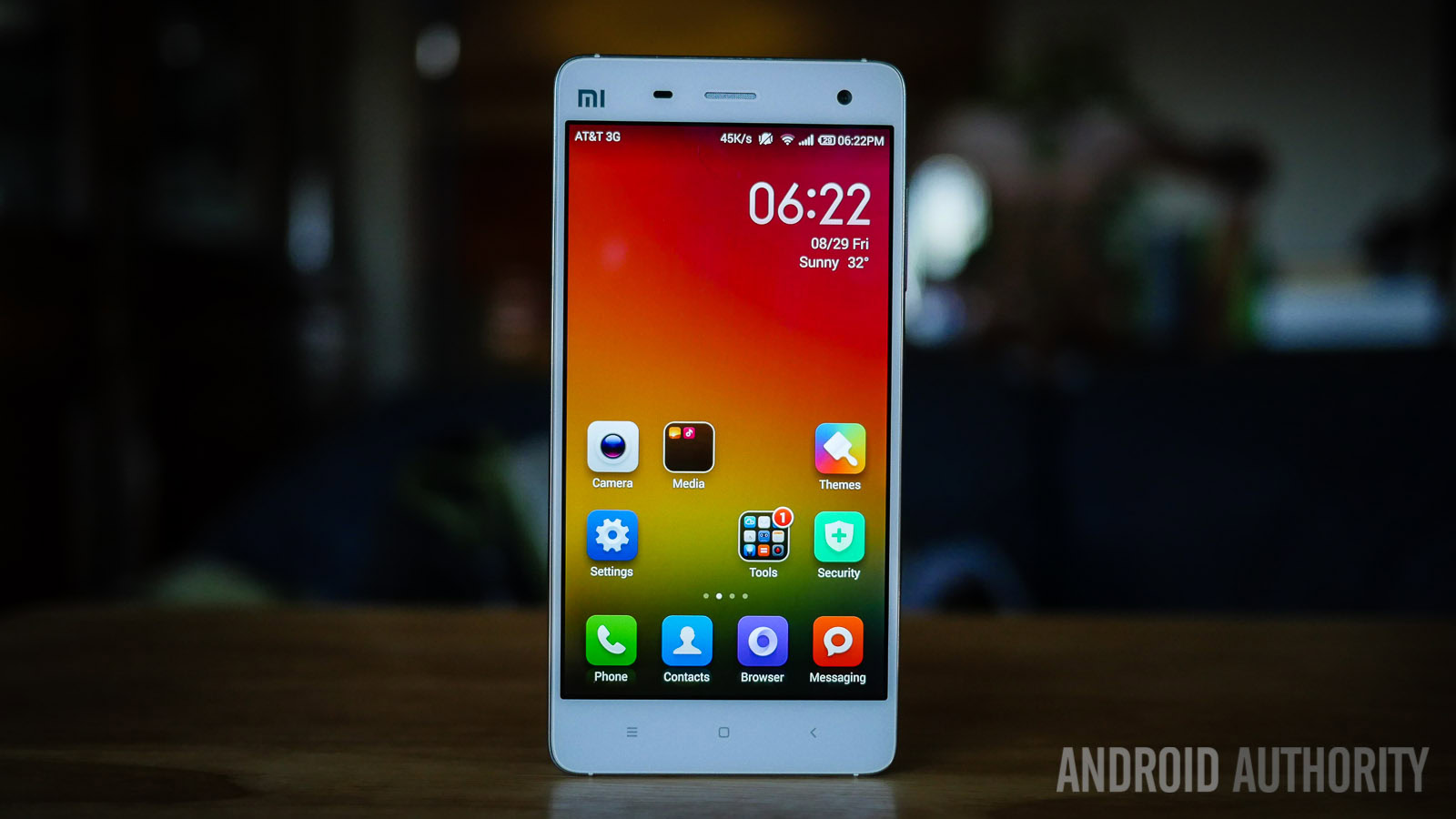
While there is likely a long wait in store for anyone who wants to know the handset’s specifics, although another low-cost high-end flagship is probably a safe bet, Xiaomi’s low-cost business model and cheap flagship smartphones are the real talking point. With more expensive OEM’s struggling for market share, Xiaomi has quickly risen to become one of the biggest players in the global market.
The Mi5 will be the company’s first flagship smartphone launch in a variety of new countries and could decide whether Xiaomi becomes a dominant global brand or remains locked in the competitive Asian market. This is a phone and a company that many will be watching over the next 12 months.
Project Ara
This leaves us with the biggest potential game changer of them all, Project Ara. Project Ara’s modular design could completely reshape the way we think about smartphone upgrades and components. Although the device is still in development, we are edging ever closer to the consumer pilot anticipated to arrive towards the end of 2015.
For now, it’s difficult to gauge how well picking and choosing components would go down with the average consumers, who typically prefer products that just work out of the box. However, for us smartphone enthusiasts, Project Ara should allow us to keep up with innovations in smartphone technology and build our ideal devices, without having to fork out for a new handset every year.
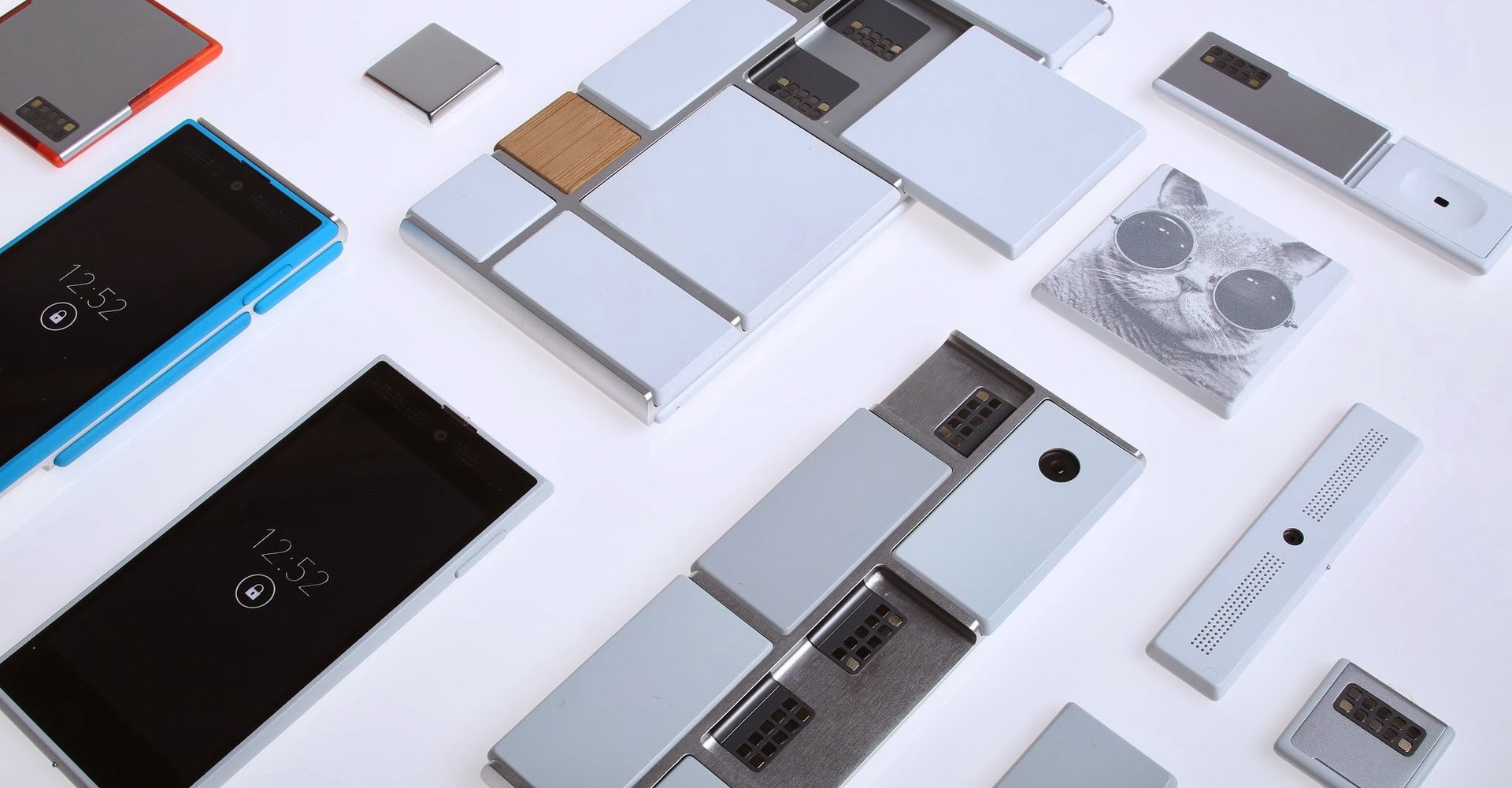
For a recap, Ara’s modular design means that there are a limit number of slots available to assign components too. Each component can be placed in any slot that will accommodate it, and, providing that you’ve included the basic CPU and battery, you’re free to build whatever type of smartphone you’d like. Project Ara will ship with three different sized skeletons, each offering a different number of modules and layouts.
This means that owners would be free to change out components for whatever suits their budgets or needs. Fancy a better camera, you can just change out the camera module, or if you want to try out a heart rate monitor to help track your fitness, you can just pick on up and slot it in, and cracked screens can be replaced far more easily. The most recent images have also shown that users can opt for different display sizes with each skeleton, and can even customize the type of keyboards and number pads used on the front of their device.
There are also plans for an online shop for picking your parts and Google Play integration to come, which opens up potential for a whole new market in third party modules. Project Ara may still be quite a long way away from a consumer release. Early 2015 is the current estimate, but there’s a lot of potential here, which will hopefully open up smartphone technology to people of all budgets and needs.
Longshot: Nexus 5 Refresh
There’s actually no real information circulating about a refresh or replacement to the existing Nexus 5, but considering the mixed responses to the huge size and price of the Nexus 6 and the roll-out of new 64-bit SoCs next year, there’s a small possibility that Google may want to put out an improved 5-inch handset sometime in the next 12 months. It’s clear that Google doesn’t view the Nexus 5 as part of its current line-up.

Google may desire a 64-bit reference smartphone for assist developers with working on and testing out 64-bit apps, after all the Nexus 6 is a little too expensive for testing purposes. Alternatively, Google may want to replace the Nexus 5 with a more high-end handset to match the premium build quality and hardware offered by the new Nexus 6 and 9, even if it’s just an update to the underwhelming camera and battery.
There are potential partners for Google in LG, Motorola and HTCthese days, leaving the doors for a simple LG Nexus 5 refresh, Motorola Nexus 6 slimdown, or premium HTCbuild all slightly ajar. Then again, the current Nexus 5 might be suiting Google’s intentions just fine and still holds its own.
Have any of these handsets made their way onto your watch list? Which devices are you most looking forward to over the coming year?